Disability-Adjusted Life-Years (DALYs)
Disability-Adjusted Life Years (DALYs) are a comprehensive measure of health impact that can be used in cost-effectiveness analysis as an alternative to Quality-Adjusted Life Years (QALYs). Developed by the World Bank in 1990 and subsequently adopted by the World Health Organization (WHO), DALYs are favored for comparing the overall health and life expectancy across different countries. They quantify the burden of disease by representing the total number of years lost due to ill-health, disability, or premature death.
A DALY equates to one year of healthy life lost and is typically expressed as DALYs lost in comparison to a theoretical maximum, which is a life with the maximum achievable life expectancy and without any disability or disease. In some instances, calculations include age-weighting, meaning that disability in younger years has a higher impact on the overall DALY score.
The calculation of DALYs involves using the ‘person trade-off’ technique, where a panel of experts determines disability weights for various health conditions. These weights help quantify the severity of different conditions and their impact on overall health. The aggregate DALYs lost can be calculated globally or by country for a wide range of conditions.
DALYs differ from QALYs in several key aspects:
– Disability Weights: DALYs use weights assigned by experts, not based on population surveys.
– Combination of Components: DALYs add the years of life lost due to premature death and the years lived with disability, whereas QALYs multiply quality of life scores by the years lived.
In Western countries, psychiatric conditions often appear prominently in DALY calculations due to their significant impact on disability without necessarily reducing survival. This highlights the extensive burden of mental health issues compared to other health conditions. By providing a unified measure of disease burden, DALYs are instrumental in global health assessments, informing resource allocation, and prioritizing health interventions to maximize public health outcomes.
Click HEOR TERMINOLOGY
